
The convergence of artificial intelligence (AI) and blockchain technology is ushering in a transformative era for the digital economy. Among the most promising outcomes of this convergence are AI-powered crypto tokens — a new class of intelligent digital assets designed to operate autonomously, adapt in real-time, and deliver dynamic utility across decentralized ecosystems.
In this blog, we’ll explore why AI-powered tokens are gaining traction, how they work, their use cases, and what makes them a major innovation shaping the future of Web3.
The Evolution of Crypto Tokens: From Utility to Intelligence
Crypto tokens have evolved rapidly since Bitcoin first introduced the concept of decentralized digital value. In the early days, tokens primarily served as a store of value or simple utility within ecosystems. Ethereum’s ERC-20 standard revolutionized this by enabling programmable tokens, leading to the rise of DeFi, NFTs, and DAOs.
But despite this evolution, traditional tokens remain mostly static — they execute predefined logic but lack adaptability. That’s where AI comes in.
AI-powered tokens take things a step further by incorporating machine learning algorithms, decision-making logic, and autonomous behavior. These tokens are not just programmable; they’re also context-aware and capable of evolving over time.
As Web3 ecosystems grow more complex, there's a clear need for assets that can intelligently adapt to volatility, threats, and user expectations. Static tokenomics and rigid rules simply aren’t enough. AI introduces agility, making tokens more responsive and effective in real-time.
What Are AI-Powered Crypto Tokens?
AI-powered crypto tokens are digital assets that integrate artificial intelligence models into their architecture to enhance their functionality, behavior, or utility. This integration can occur at various levels:
Smart contract logic enhanced by AI
On-chain agents that learn from user behavior and adjust functionality
Governance tokens with AI-assisted decision-making
Reward tokens that adapt incentives based on predictive analytics
Key Characteristics of AI-Powered Tokens
1. Autonomous Decision-Making
AI-powered tokens can make real-time decisions by analyzing data from the blockchain and external sources. They autonomously adjust parameters like staking rewards, treasury allocation, or governance policies. This reduces the need for human intervention and allows protocols to remain agile, efficient, and responsive in dynamic market environments.2. Data-Driven Utility
These tokens analyze both on-chain activity and external data, such as market trends or user engagement, to deliver optimized functionality. For example, they might adjust service access, fees, or user incentives based on predictive insights, improving efficiency and personalization across decentralized platforms.3. Adaptive Tokenomics
AI tokens replace static economic models with dynamic ones. They can adjust token supply, inflation rates, and incentive mechanisms automatically, responding to user activity, ecosystem health, or liquidity conditions. This adaptability fosters sustainability and better alignment between tokenomics and user behavior over time.4. User Personalization
AI-powered tokens enable highly personalized user experiences. They can analyze individual behaviors to recommend investment strategies, assign benefits, or adjust access rights. This creates more engaging and relevant interactions, increasing user retention and loyalty across DeFi, NFT, and GameFi platforms.5. Scalable Intelligence
These tokens are built on AI models that learn and evolve continuously. As users interact with the ecosystem, the token's utility improves through ongoing training and adaptation. This self-enhancing capability ensures that the token remains effective and relevant as user demands and market dynamics change.Real-World Use Cases of AI-Integrated Tokens
1. DeFi Protocol Optimization
AI tokens in DeFi can adjust interest rates, lending parameters, or liquidity incentives based on predictive analytics. This ensures more sustainable, responsive, and optimized financial ecosystems that adapt to user participation, market volatility, and capital efficiency in real time.2. Autonomous DAOs
AI-enabled governance tokens allow decentralized autonomous organizations to automate decision-making. These tokens can evaluate user behavior, assess proposals, and execute votes or changes without manual input—reducing governance fatigue and increasing operational efficiency in evolving DAO structures.3. AI-Driven Oracles
AI tokens can enhance oracle networks by evaluating the reliability and accuracy of incoming data. By continuously learning from data patterns and identifying anomalies, they improve the trustworthiness of external data used in smart contracts across DeFi, insurance, and betting markets.4. Personalized GameFi Experiences
GameFi tokens powered by AI adapt to each player’s style, progress, and behavior. They can evolve gameplay rewards, unlock content, or offer dynamic quests—enhancing engagement and making blockchain games more interactive and tailored to individual preferences.5. Fraud Detection and Security
AI-integrated tokens can analyze transactions in real-time using machine learning to detect suspicious behavior. If anomalies are found, they can trigger automated actions such as freezing tokens or revoking permissions—strengthening protocol security and reducing vulnerability to exploits.6. RWA Tokenization
Tokens representing real-world assets like real estate or commodities can use AI to monitor market trends and asset performance. These insights enable dynamic rebalancing, reinvestment, or yield optimization, offering investors smarter exposure to tangible, income-generating assets.7. Autonomous Trading Bots
Some AI tokens are embedded with algorithmic trading capabilities. They can analyze price trends, market sentiment, and risk factors to execute trades automatically on decentralized exchanges—maximizing returns while reducing emotional or manual trading errors.How AI Enhances Token Utility and Engagement
Enhancing Tokenomics
AI allows tokens to simulate and optimize key economic parameters like inflation rates, token release schedules, or staking rewards. These adjustments can be made in response to real-time ecosystem data, improving sustainability and aligning incentives with user activity and platform growth.Improving UX
AI-powered tokens can guide users by providing intelligent recommendations, interactive feedback, or risk warnings. This enhances user experience by simplifying complex decisions and offering context-aware interactions that are more engaging and user-friendly.Boosting Network Health
Through real-time monitoring and anomaly detection, AI tokens can prevent malicious behavior like wash trading or flash loan attacks. They can respond automatically to threats, ensuring ecosystem security and integrity without relying on centralized moderation.Fostering Loyalty
By adapting to user behavior and recognizing consistent engagement or valuable contributions, AI tokens can reward loyalty dynamically. This strengthens community bonds and creates personalized incentive models that evolve over time, promoting long-term participation.
AI Crypto Tokens and the Web3 Stack
AI-powered tokens are not standalone novelties. Instead, they’re integrated into the broader Web3 infrastructure, functioning as intelligent agents that interact with other decentralized systems to enable real-time decision-making, personalization, and automation.
To understand their place in the evolving Web3 stack, let’s examine the core layers these tokens interface with:
Decentralized Storage (e.g., Filecoin, Arweave):
Training AI models requires massive datasets. Platforms like Filecoin and Arweave offer secure, censorship-resistant, and cost-effective storage for both raw data and trained machine learning models. These systems ensure that AI tokens remain verifiable and decentralized, with immutable access to the training material they rely on.
Oracles (e.g., Chainlink):
AI tokens must consume real-world data—like asset prices, weather, traffic, or news sentiment. Oracles serve as the bridge between off-chain information and on-chain logic. With AI involved, the volume and complexity of this data increases, making advanced oracle systems essential for feeding accurate and timely insights into smart contracts.
Decentralized Compute (e.g., Akash, Bittensor):
AI model training and inference are computationally intensive. Traditional blockchain networks lack the capacity for such workloads. Platforms like Akash Network offer decentralized cloud infrastructure to train and run AI models off-chain, while Bittensor focuses specifically on incentivized AI model training, turning compute nodes into active participants in an intelligence network.
Layer 2s and Rollups:
Running AI-enabled smart contracts on Ethereum mainnet can be prohibitively expensive. Layer 2 solutions like Arbitrum, Optimism, and zk-Rollups allow for scalable execution, reducing latency and gas fees. They enable AI tokens to perform rapid decision cycles in consumer-facing applications without clogging Layer 1 chains.
Smart Contract Platforms (e.g., Ethereum, Solana, Near):
These platforms host the intelligent logic of AI-powered tokens. Ethereum remains the most secure and widely adopted, but others like Solana offer superior speed, while Near provides developer-friendly tooling. The choice depends on your project’s performance, scalability, and interoperability requirements.
Together, these components form the foundation of a decentralized intelligence economy, where AI and blockchain work hand in hand. AI tokens aren’t just units of value; they evolve into agents of action, participating in dynamic, autonomous ecosystems.
Projects Leading the AI Token Revolution
As this convergence of AI and Web3 accelerates, several pioneering projects have already made significant strides in building intelligent token-based economies:
1. Ocean Protocol (OCEAN):
Ocean enables data providers to tokenize their datasets and models, allowing buyers to access and monetize data while preserving privacy. Its token (OCEAN) serves as a medium for data exchange, enabling decentralized AI training marketplaces.
2. SingularityNET (AGIX):
Built by the team behind Sophia the robot, SingularityNET facilitates the development and exchange of AI services. The AGIX token is used for accessing AI APIs, incentivizing development, and voting on governance proposals. It’s a robust example of how token incentives can fuel open AI ecosystems.
(FET):
uses the FET token to enable autonomous economic agents (AEAs) that perform tasks like delivery routing, energy distribution, and decentralized search. These agents utilize machine learning to negotiate and transact with other agents in real time.
4. Numerai (NMR):
Numerai operates a hedge fund powered by data scientists worldwide. Participants submit predictive models and stake NMR on their accuracy. Rewards are distributed based on performance, aligning financial incentives with model quality — a powerful use of AI tokenization in finance.
5. Bittensor (TAO):
Bittensor is arguably the most ambitious AI-native blockchain. It allows participants to train machine learning models and earn TAO tokens for contributing valuable knowledge to a shared AI network. It’s a fully decentralized, token-incentivized intelligence economy in action.
These projects highlight the enormous potential of AI crypto tokens. From data marketplaces to predictive modeling to autonomous agents, we’re witnessing the birth of programmable, learning-based economies that transcend what traditional tokens can offer.
Business Opportunities in AI Token Development
The convergence of AI and crypto opens new doors for startups, enterprises, and Web3 projects alike. If you’re building in this space, developing an AI-powered token isn’t just about following a trend—it’s about pioneering the next era of intelligent digital assets.
Enhanced Differentiation
In an increasingly saturated market, AI tokens stand out. Their dynamic behavior, learning capability, and real-time adaptability provide a clear edge over static utility tokens. This makes them ideal for projects looking to disrupt DeFi, GameFi, or decentralized governance.
User Stickiness
AI tokens evolve with the user. They can personalize yield strategies, unlock experiences based on behavior, or even engage in two-way dialogue through LLMs. This creates deeply engaging ecosystems that retain users far better than traditional token models.
Dynamic Monetization Models
By analyzing user patterns, market movements, or social sentiment, AI-powered tokens can recommend monetization strategies or adjust pricing in real time. This dynamic model benefits everything from NFT sales to SaaS billing to DAO funding proposals.
Automated Governance and Risk Management
AI reduces the burden of manual decision-making in DAOs and DeFi platforms. Risk parameters, fee models, or proposal approvals can be handled automatically by intelligent agents—boosting efficiency and minimizing human error.
Whether you're launching a novel GameFi platform or tokenizing real-world assets, partnering with an experienced AI crypto token development company can help you implement scalable, secure, and intelligent token mechanics that evolve with your project.
Technical Considerations When Building AI Tokens
As promising as AI tokens are, they also introduce new layers of technical complexity. Builders must keep the following considerations in mind:
1. On-Chain vs. Off-Chain AI
Most AI computation must be performed off-chain due to performance constraints. However, by using trusted execution environments, Layer 2s, or verifiable computation via oracles, it’s possible to bring the results on-chain securely and transparently.
2. Model Accuracy and Bias
Biased models can lead to unfair outcomes, especially in applications like lending or governance. Open-sourcing models, using diverse training data, and community testing are essential steps to ensure fairness, explainability, and ethical behavior.
3. Security and Exploit Resistance
Smart contracts that interface with AI must undergo rigorous audits. Attackers could exploit flawed assumptions, manipulate data inputs, or even target the AI model itself. Implementing layered security protocols, fail-safes, and testing against adversarial inputs is critical.
4. Data Privacy
AI personalization often requires access to user data. Projects should adopt privacy-preserving techniques like federated learning, zero-knowledge proofs, or zkML (zero-knowledge machine learning) to protect sensitive information while still allowing smart model interactions.
Conclusion
AI-powered crypto tokens are ushering in a new era where digital assets are no longer static instruments but intelligent, adaptive agents within decentralized ecosystems. By integrating machine learning with tokenomics, these assets can personalize user experiences, automate complex decisions, and dynamically respond to real-world conditions. As AI continues to transform the Web3 stack—from storage and computation to governance and user engagement—projects that embrace this convergence will lead the next wave of blockchain innovation.


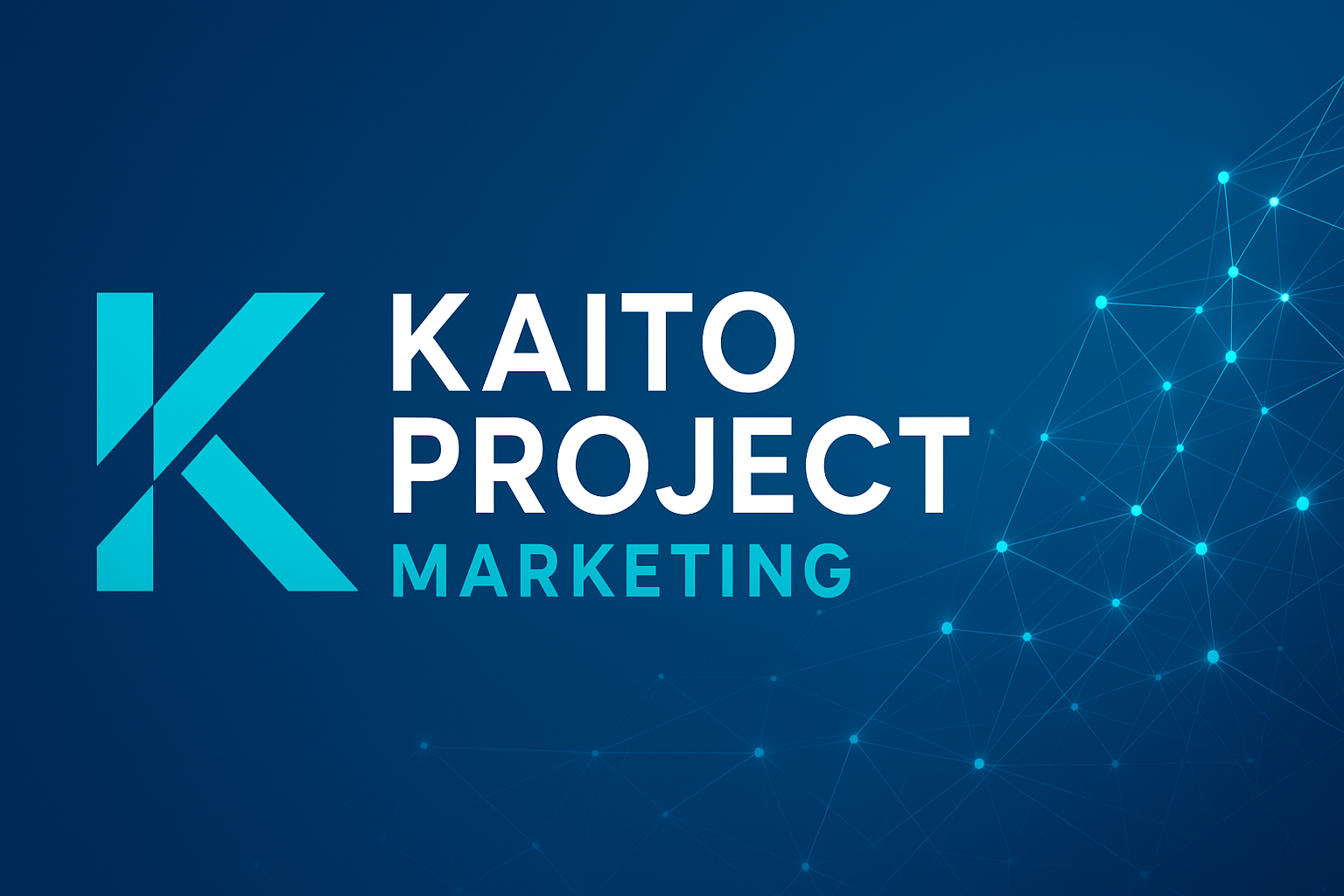


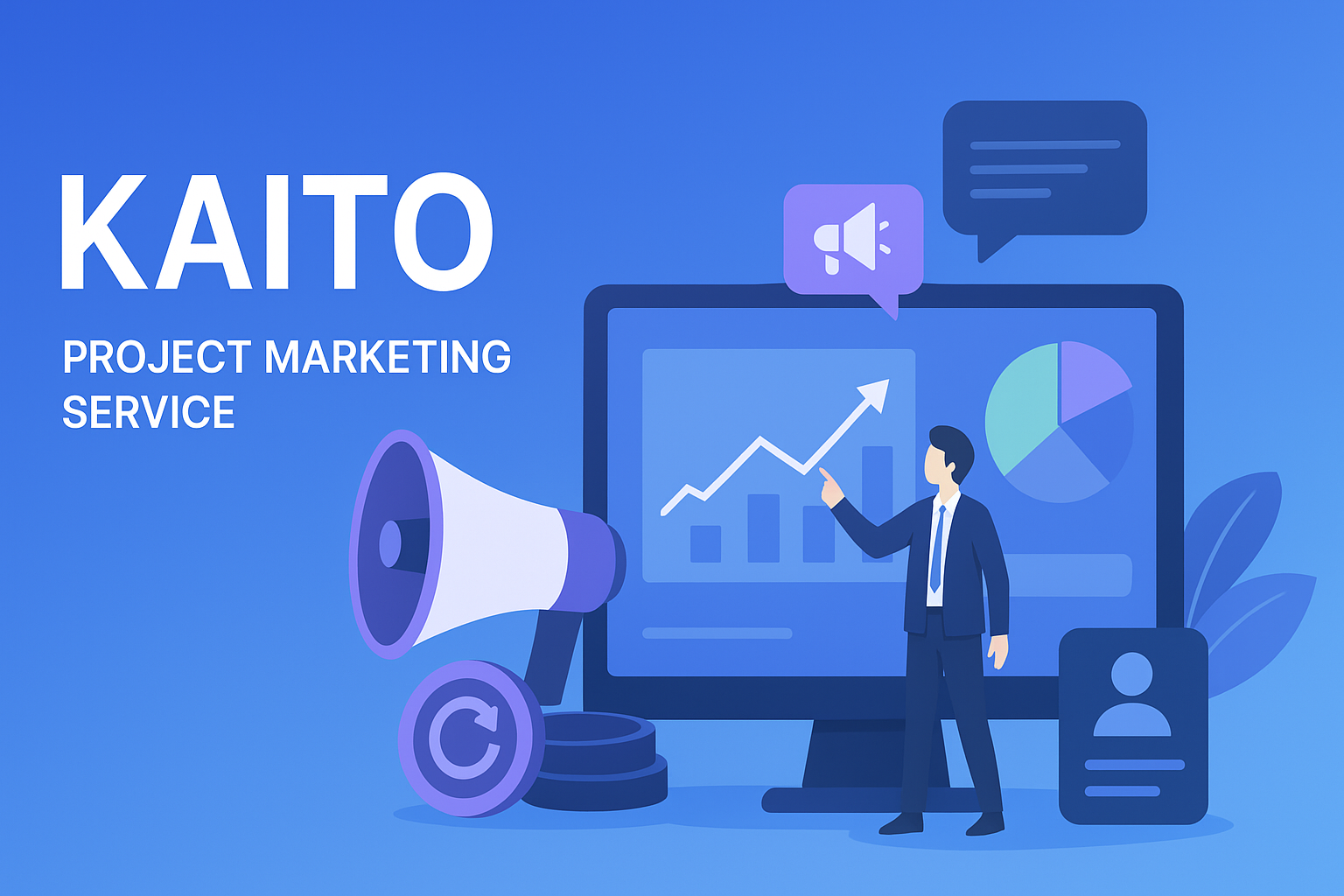
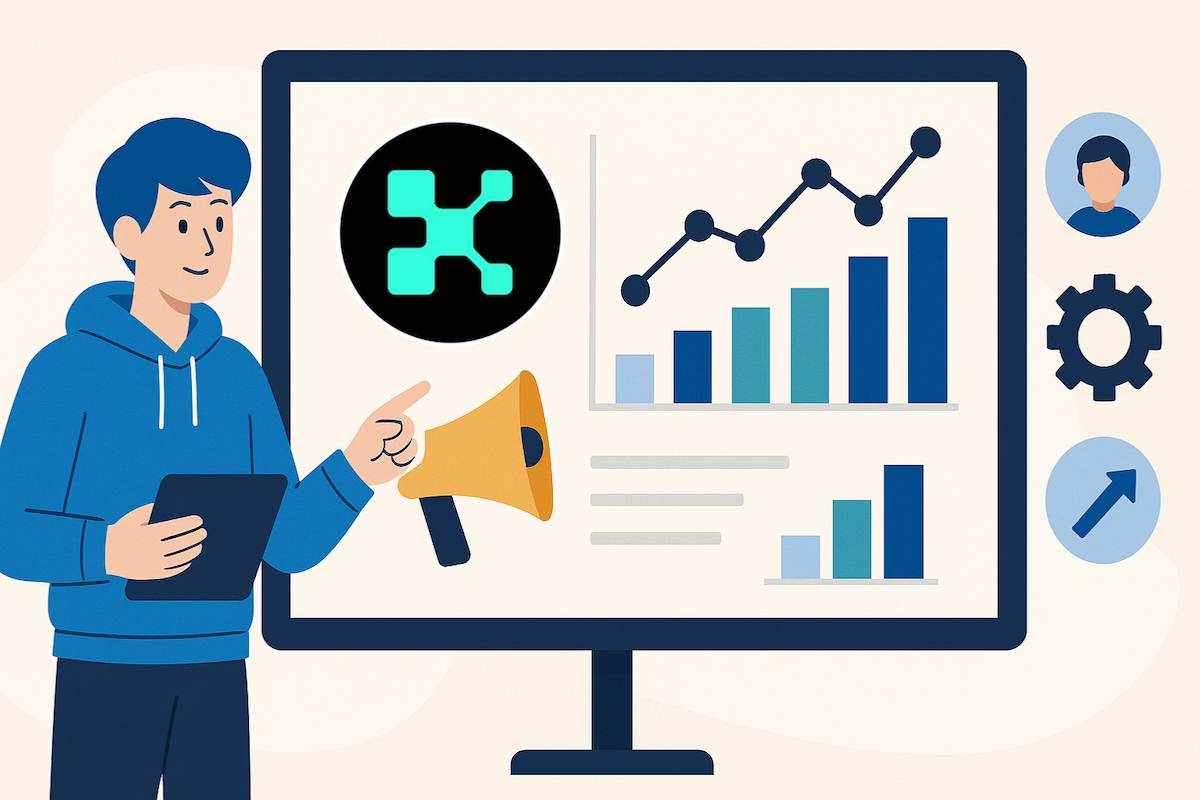
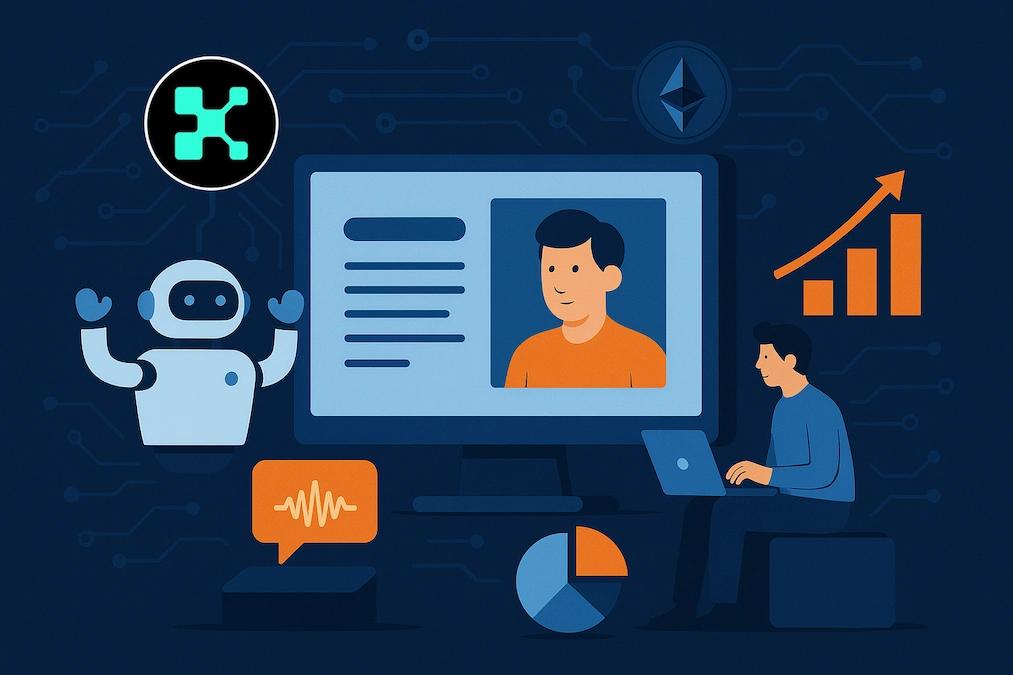
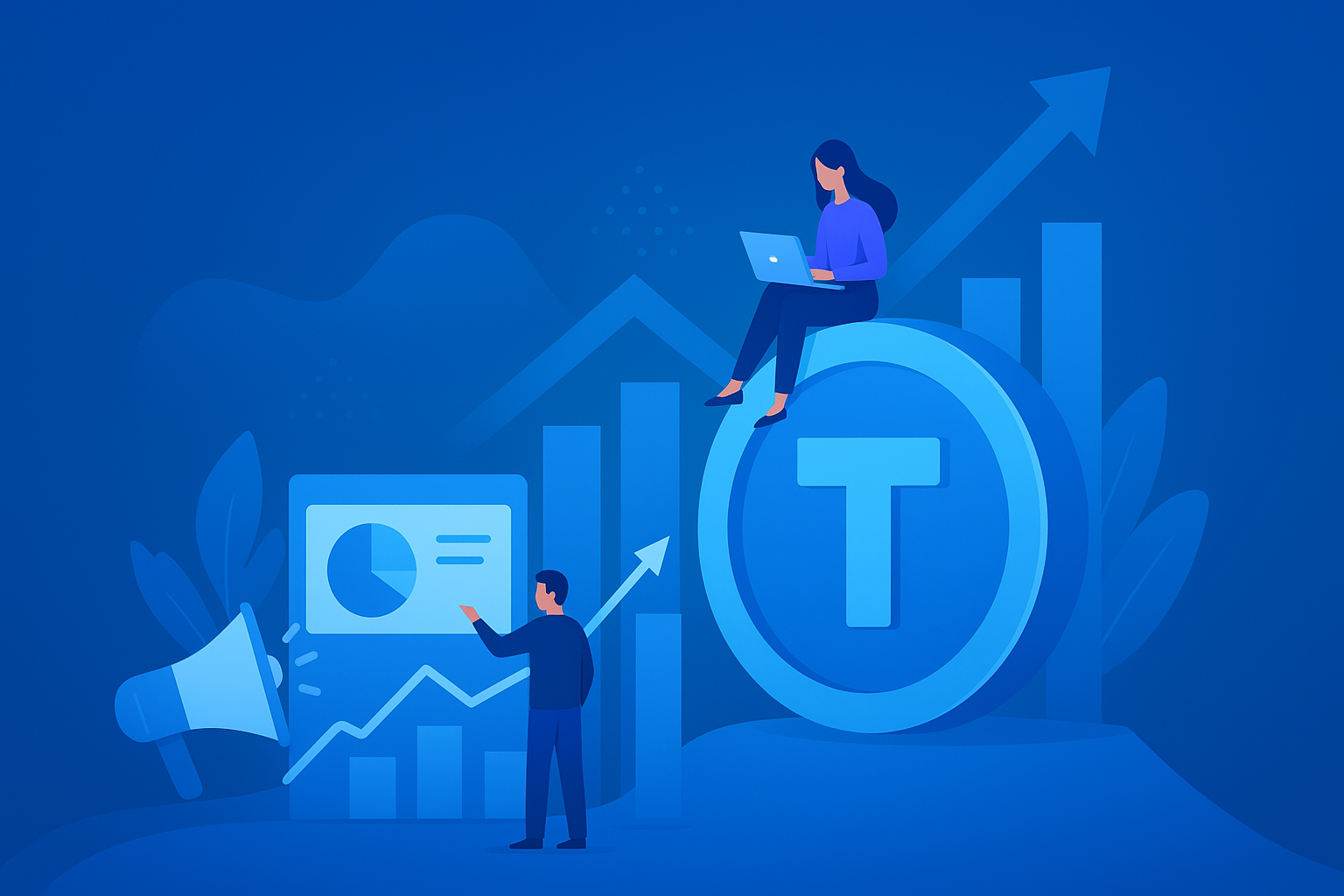
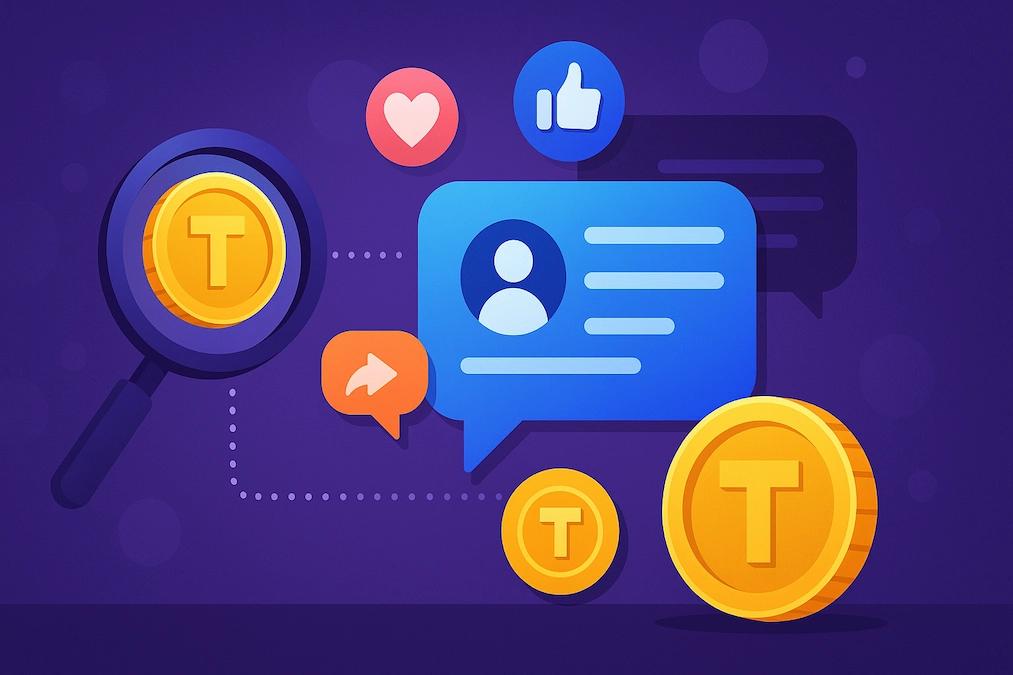










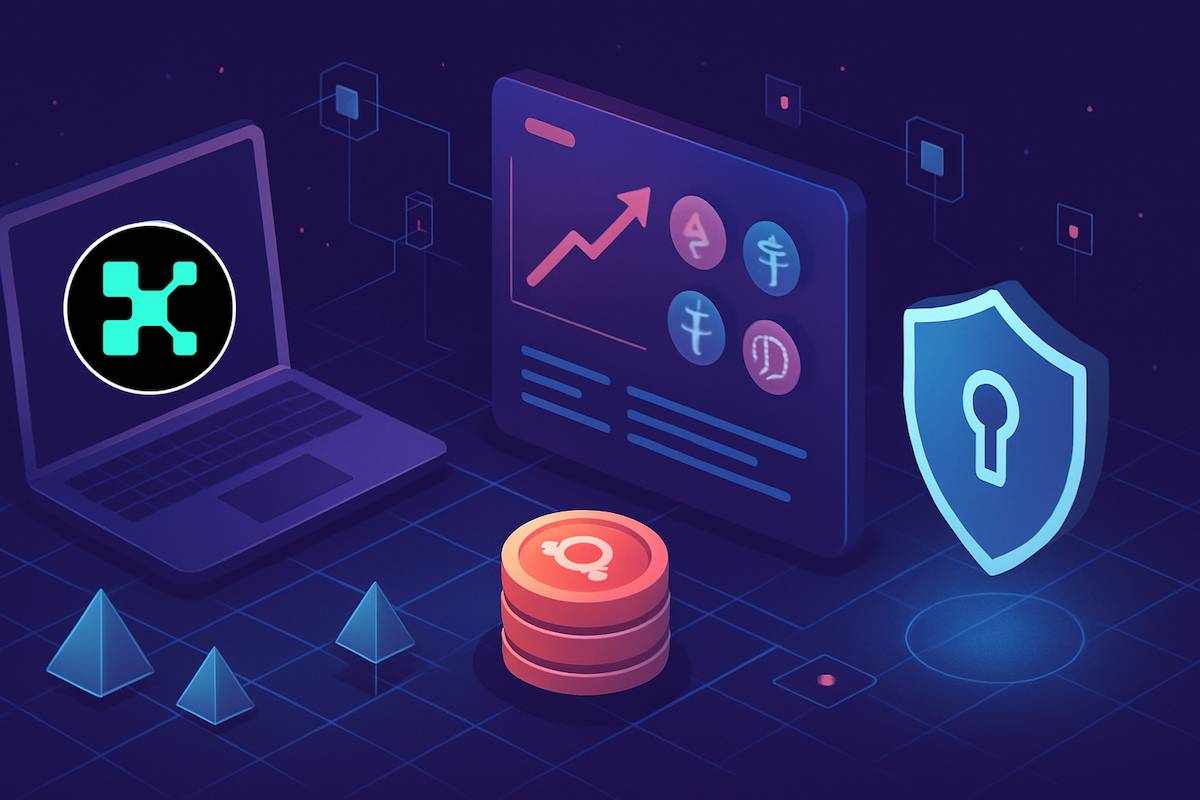
Write a comment ...